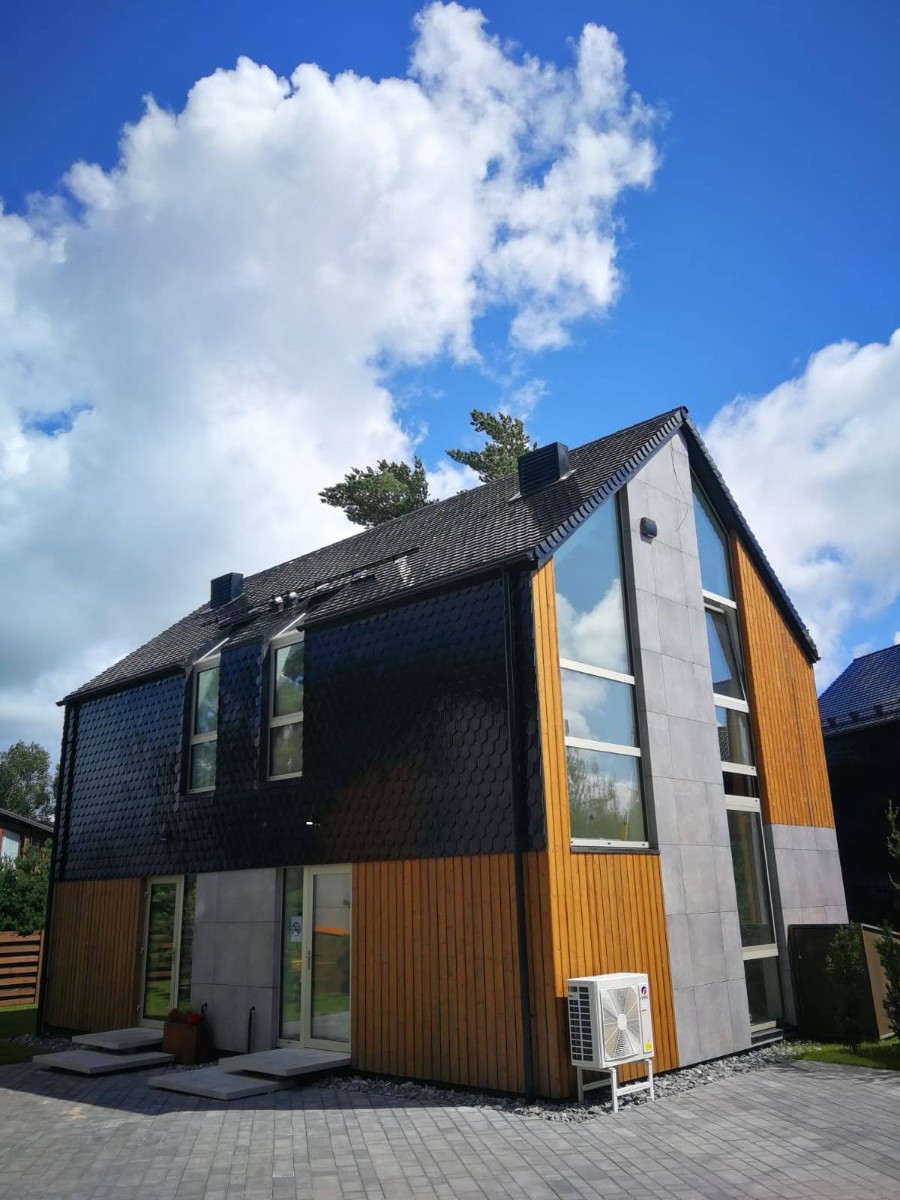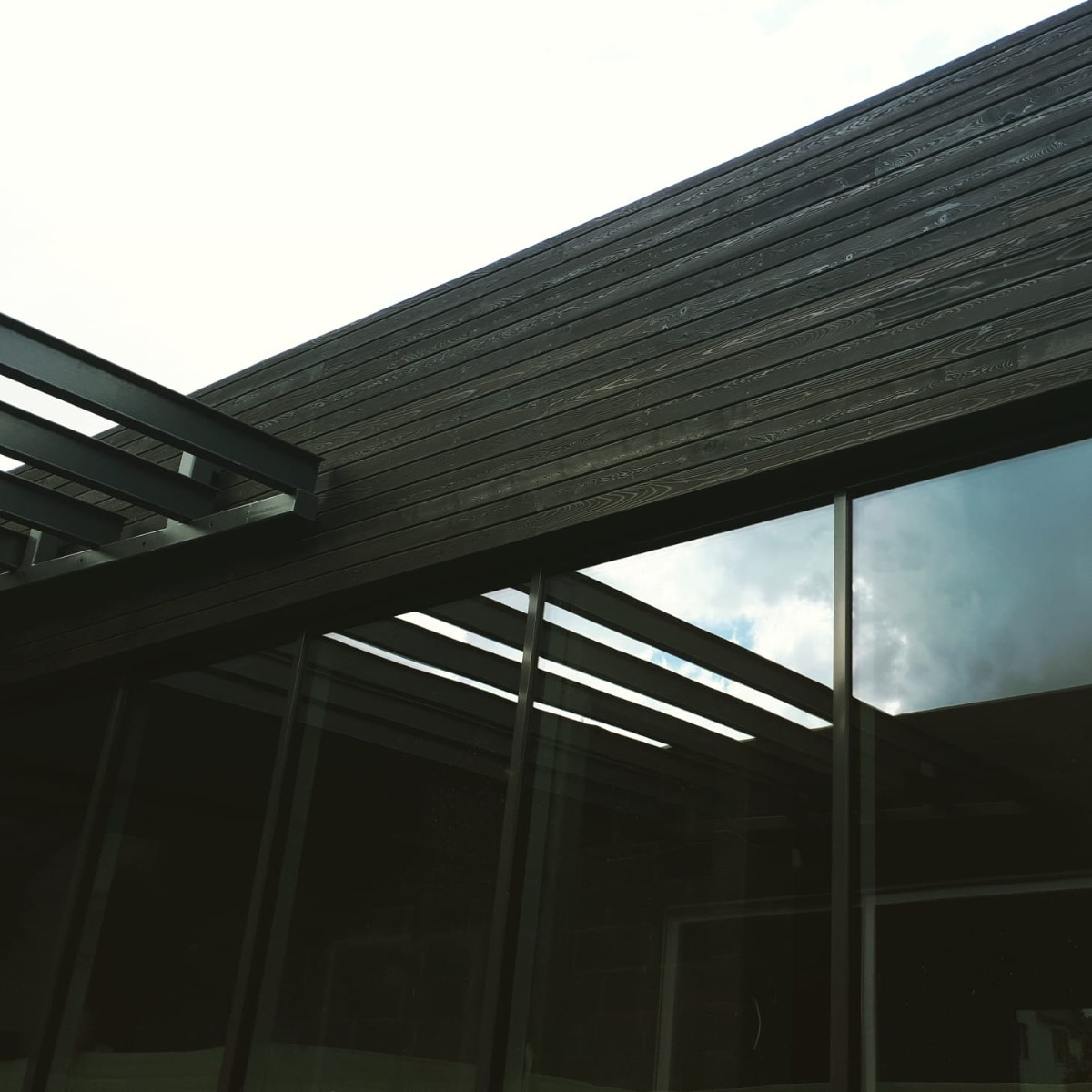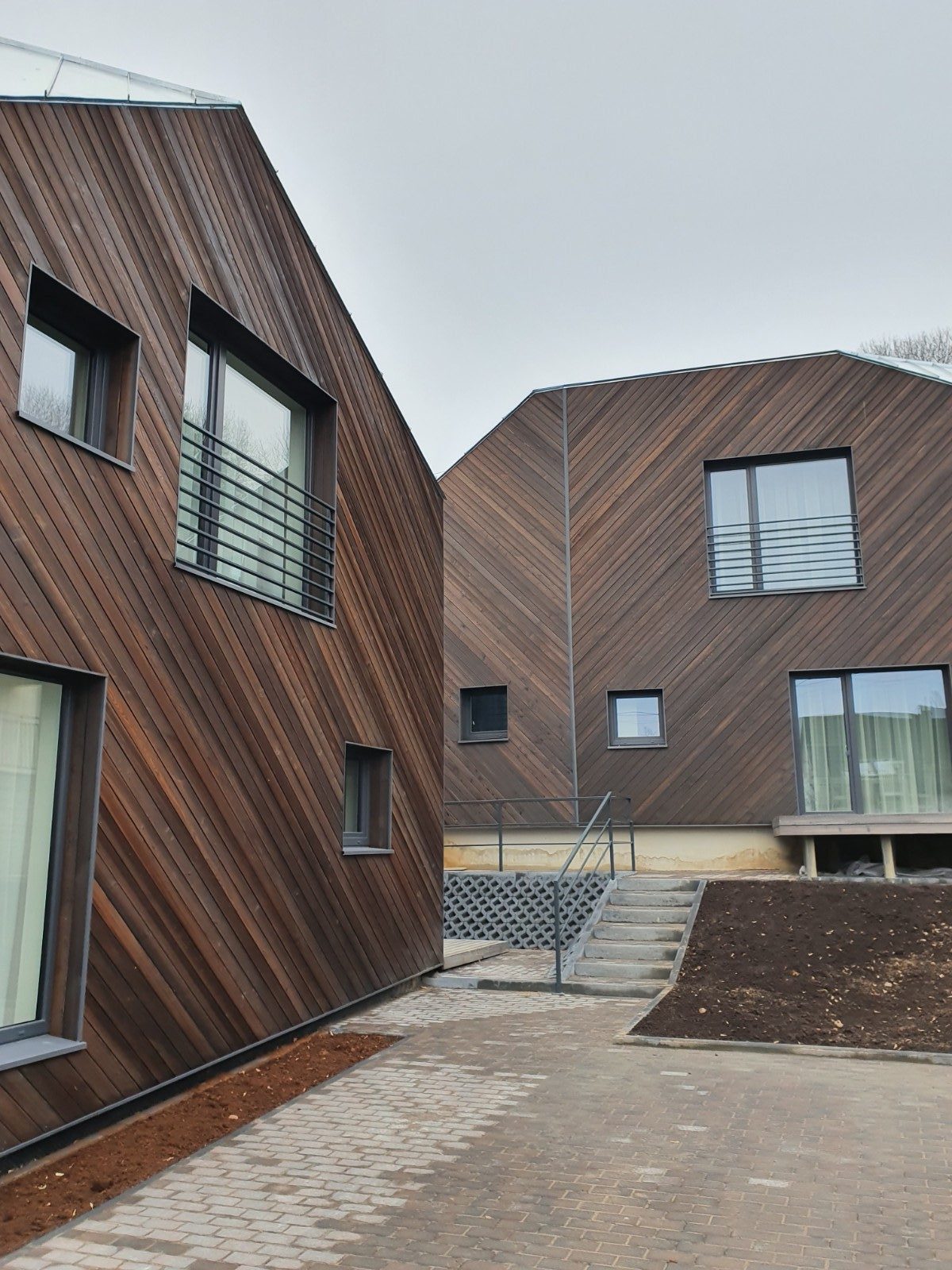Vertical vs. Horizontal vs. Diagonal Siding
Siding is the material attached to the external wall of a house or building. Also called wall cladding, it is an incredibly important part of your home because it is responsible for defending the structure against the elements. By blocking the impacts of pests and the weather, wall cladding is essential to ensure your home’s resilience and comfort.

Table of contents:
When it comes to the material, charred wood siding is the way to go as it offers durability and elegance. Also known as Shou Sugi Ban, it is a method of burning wood that ensures durability and beauty. However, the material is only the tip of the iceberg. Here we’ll address the different cladding types by discussing the pros and cons of vertical, horizontal, and diagonal siding.
Vertical Siding
Commonly used in commercial buildings, vertical siding is notorious for its unconventional look among residential structures. While horizontal cladding is often considered the most traditional orientation, vertical cladding actually precedes it. After the era of log homes built by settlers, lumber mills became the norm. The wall cladding disposition featured vertical planks or boards, installed over a small furring strip known as a batten.

Benefits
Vertical siding provides charm to smaller spaces and can also give a dramatic sense of height to your house’s exterior. You can use it to achieve a unique appearance and accent your home’s architectural features. Opting for vertical siding with a charred wood finish is an excellent pick for those who want their house to showcase their unique taste. It can also complement modern or contemporary style homes.
However, the aesthetic benefits are not the only thing that makes vertical cladding shine among orientation types. Vertical orientation is also the most durable because of its disposition. The panels’ orientation follows the direction of the precipitations. This prevents water from entering the areas in between the panels.
It’s also important to note that vertical wall cladding maintenance is a lot easier than horizontal siding. Having a siding that you can easily clean will help save you time and money in the long run.
Drawbacks
Now that we’ve addressed the benefits, let’s talk about the downsides of vertical cladding. While the aesthetic can be an asset to many, others may prefer more traditional appearances. If you ever put your house on the market, vertical wall cladding’s unusual look may be a liability in regards to your property value. Pleasing a future buyer should be factored into your choice.
Furthermore, a clean installation of vertical siding is a bit lengthy and tricky. A layer of furring strips must be laid horizontally underneath the vertical panels to ensure a smooth and leveled surface and protect against water leakage and future damage.
It’s important to note that, although you may find the occasional vertical shiplap siding style, board, and batten is the most sought-after form of vertical siding, and it’s even more complex to install. The fact that it requires additional materials and a specialist for this installation makes the procedure more expensive.
Horizontal Siding
Horizontal wall cladding is considered the standard form, especially for residential buildings. It’s far more common than vertical siding is, let alone diagonal siding. It is a great option, especially when combined with the Shou Sugi Ban technique. However, along with its benefits, horizontal siding also has a few drawbacks.

Benefits
In terms of advantages, you can count on horizontal wall cladding to be a safe bet. Choosing this form of cladding will ensure your contractor is familiar with the installation process for your home, so you will not have to worry about finding a specialist.
The installation tends to be cheaper, faster, and problem-free. Installing horizontal siding usually takes about half the time compared to vertical. Due to the more straightforward installation and the reduced material requirements, you can also expect a lower price.
Probably the greatest advantage of horizontal siding is the aesthetic benefit. The more traditional aspect of this form of cladding is very appealing to many, especially those who live in a Colonial-style neighborhood and would like to blend in with the crowd or those who would like to emulate this look. Horizontal cladding, especially with a burnt wood finish, is also an excellent pick if you’re going for a timeless look for your home.
Drawbacks
Now on to the cons. This kind of siding is less durable than vertical, primarily due to the high water leakage risk. Why? Simply put, because of gravity. Since rain falls vertically, water seeps through the gaps between horizontal panels more easily than with vertical panels.
Due to its disposition, horizontal cladding is more prone to water damage over time, especially if it becomes even slightly dislodged. In this case, the water seepage can lead to mold and mildew damage and ultimately spread to the house’s foundation if left untreated.
The risk of leakage is higher with wooden panels, which may warp over time. Because of these risks, the cleaning process of horizontal cladding is difficult and somewhat risky, as it can lead to leakage. Water damage can be costly in the long run, along with a complex cleaning regimen, more upkeep, and repair necessities.
Diagonal Siding
The diagonal siding was very popular from the 1950s to the 1980s. Although you can still find houses that have kept the original siding from that time, diagonal siding is the rarest form of wall cladding today. Selecting this type of siding can give your home a unique and exciting look. It lends a retro charm to your house and makes it stand out from the rest of the neighborhood.

Benefits
Diagonal siding is the most visually impactful form of siding, which complements modern and contemporary homes perfectly. It also offers more space for customization over other siding options when it comes to the board angles. You can experiment beyond the classic 45 degrees and go for a completely unique façade.
The dynamic and energetic diagonal lines of this type of siding maximize the lengthening effect even more than the other forms of siding do, making houses seem even larger. Diagonal siding is also a good pick for structures that feature unusual shapes and angles as it can contribute to a more harmonious aesthetic. Selecting a Yakisugi solution for your diagonal cladding offers truly extraordinary visual qualities.
Drawbacks
Diagonal cladding also has some disadvantages, though. Just like vertical siding, the installation process is not very straightforward and therefore requires more expertise. If not done correctly, diagonal siding has a high risk of water leakage to windows, doors, and other openings on a wall, just like horizontal cladding. These risks can potentially lead to problems with mold and moisture.
Since the wood needs additional cutting to accommodate diagonal placement, there’s a lot more material needed and waste produced compared to the other two options. This makes diagonal siding the least sustainable choice, as well as the most expensive one.
Also, the installation requires specialized contractors. Finally, not every kind of wood can be used as a panel to be installed diagonally for your wall cladding.
Conclusion
The facade of your house is a canvas; choosing a siding that has both aesthetic and functional qualities is a way to show off your taste while protecting your home. When it comes to wall cladding, we’ve provided an overview of each siding orientation’s advantages and disadvantages. This information should allow you to draw comparisons and choose the right wall cladding for you.
Whether you prefer vertical, horizontal, or diagonal siding, make sure to check out our products catalog and see how Shou Sugi Ban can help make your home a work of art.
You may also like our new articles: